Gabriel Orozco at kurimanzutto, Mexico City, 2024
The Vitruvian Man (c. 1487) is a study of the proportions of the human body inscribed within the absolute forms of a circle and a square, using metalpoint, pen and ink, with touches of watercolour on paper. One of Leonardo Da Vinci’s best-known works, the study is stored in the Gallerie dell’Accademia di Venezia in Italy, and only rarely exhibited due to its fragility as a work on paper.
Da Vinci was influenced by the theories of the Roman architect Vitruvius in his treaty “De Architectura” (1st century BC). In his study, Da Vinci drew a male body with his hands and feet touching the perimeter of a circle, his navel at its precise center. Another position of the nude body is superimposed with his feet standing on the bottom of a square while his arms extend outward touching its equal sides, the area directly below the navel becomes the center of the square, per Da Vinci’s own findings.
The circle and the square have long been considered symbols of the divine and the earthly. The arrangement of the figure within these two shapes reflects the Renaissance belief that the human body is a microcosm of the universe. By applying geometry and his knowledge of anatomy, Leonardo Da Vinci suggests a new perception of the world where the natural, the human, the architectural and the cosmological converge. This anthropological study on the rules guiding the universe is emblematic of the Humanist necessity to understand our place within it.
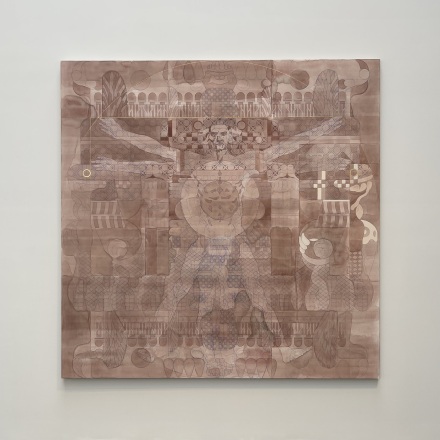
Gabriel Orozco, kurimanzutto, 2024
At the Mexican gallery kurimanzutto in San Miguel Chapultepec in Mexico City, the artist Gabriel Orozco offers a reinterpretation of the art history canon in a series of unprecedented paintings. In this new body of work, Orozco superimposed the iconic figure of the Vitruvian Man with the outlines of the Aztec deity Cuatlicue. A symbol of the Earth as both creator and destroyer, mother of the gods and mortals, the Goddess embodies a dualism expressed powerfully in her image: her face is formed by two fanged serpents and her skirt of interwoven snakes contrast with her necklace of human hearts, hands, and skulls. Her fingers and toes are like the claws of an eagle. While snakes symbolize fertility, the female goddess feeds on corpses, as the earth consumes all that dies. The famous Coatlicue statue created c. 1491 is on view in the Museo National de Anthropología in Mexico and considered, in the Latin American world, as a symbol of the Earth that both consumes and regenerates life.
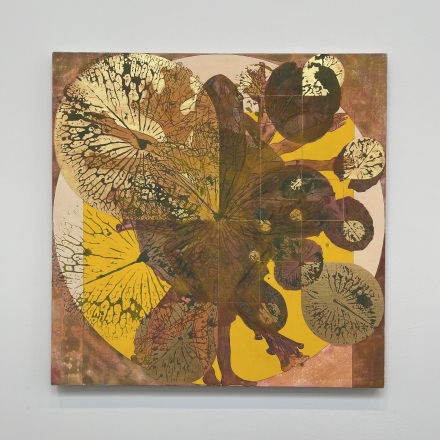 Gabriel Orozco, kurimanzutto, 2024
Gabriel Orozco, kurimanzutto, 2024
In his new series on canvas, Orozco uses the circle and the square to frame these two figures diametrically opposed in both form and essence. The figurative confronts the abstract, the organic and geometric collide and the conceptual and historical references are short circuited. Overlapping a female deity over a male body has its own set of implications, and in the realm of painting it is no easy feat. Here, the westernized view of art history appears to have been recalibrated to incorporate indigenous beauty canon at an equal stance. Searching deeper within the confines of the materiality of paint and drawing, color, and light, Orozco extrapolates the meaning of the human body, depicted figuratively in his work for the very first time. However, the “ready-made” aspect of both towering figures alleviates some of the weight associated with these images. Indeed, working with source material that is widely is a methodology that is pervasive in the artworld. Furthermore, we need to consider Gabriel Orozco as a sculptor primarily, who approached painting with the lens of an architect. Indeed, the figure of the Cuatlicue is flattened to make the profiles of the sculpture visible on the picture plane. In these paintings, drawing takes center stage, and some graphite traces are even reminiscent of blueprints. Da Vinci’s figure appears in some works to almost disappear in the layers of light paint washed over the canvas, as if upon realization, it could perhaps be considered secondary after all. The technique of the trompe l’oeil is also used in photorealistic rendition of this unusual formal and conceptual collage.
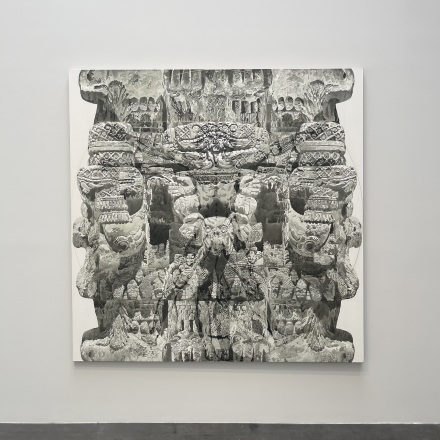 Gabriel Orozco, kurimanzutto, 2024
Gabriel Orozco, kurimanzutto, 2024
If we allow ourselves to extrapolate further, most of us are a conglomerate of genetics and inner and outer references. Through travels and our contact with the literary world, our fellow humans, art, and artifacts seen in museums, we educate ourselves and confronts our beliefs and understanding of the world in relationship to the other. Humanity as a whole is a weaving of thought, and one gains perspective from our immediate surroundings and foreign encounters that nourishes and complexifies our own sense of self. In these works, Gabriel Orozco allows philosophical, historical and geographical worlds to converge at once in a circle and a square.
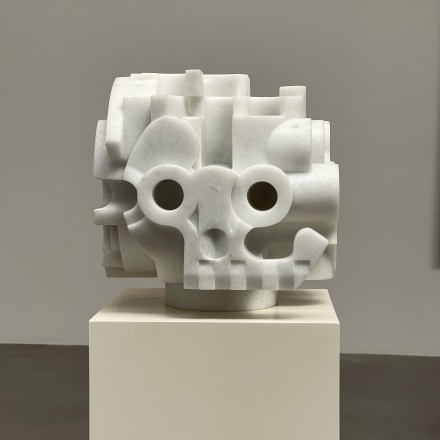
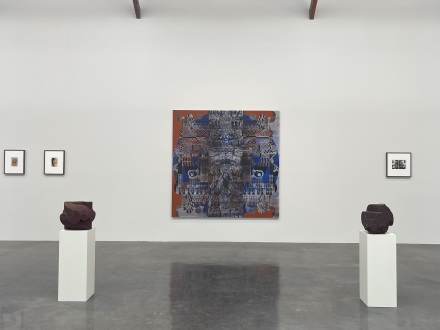 Gabriel Orozco, kurimanzutto, 2024
Gabriel Orozco, kurimanzutto, 2024
In other smaller paintings on view, he associates the Vitruvian Man with plants and animals as to further break down all hierarchies for the sake of painting. The initial drawing appears as a template to drift upon and establish new formal and visual connections. These works need to be approached in relation to his Diario de plantas, a series of 724 gouache, tempera, ink, and graphite drawings in Japanese notebooks mixed with vegetal and floral imprints. Some of these drawings were recently exhibited in Paris at Galerie Chantal Crousel, in London at White Cube, and in New York at Marian Goodman Gallery. Realized between November 2021 and April 2022, they form a botanical travelogue made in Tokyo and Acalpulco. working with materials and plants from his gardens. The humble scale of these works on thin paper allows for more intimate experimentations: the movement of the Möbius strip, Orozco’s recognizable circular diagrams, ink drawings overlapping watery colorful stains. The variation and repetition in the sequence on view outline an abstract landscape, which recontextualizes his sculptural and painterly explorations.
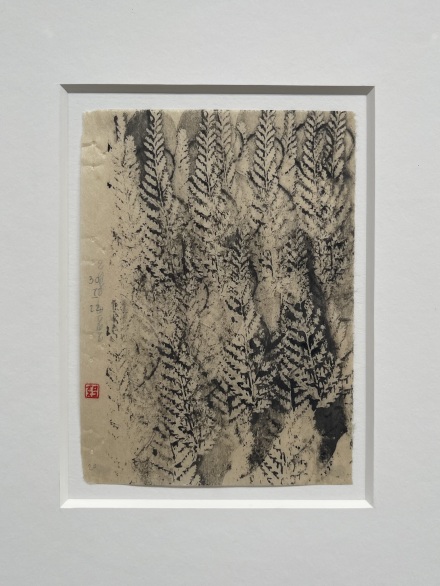 Gabriel Orozco, Diario de Plantas, 2021-2022
Gabriel Orozco, Diario de Plantas, 2021-2022
The sculptures in his solo exhibition at kurimanzutto are characterized by their scale: 30 x 30 x 30 cm in either white marble or red Tezontle, a Mexican volcanic stone. One works depicts a stylized skull, embedded with its own set of art historical references. The other sculptures appear organic and circular in their carvings, inviting the viewer to walk around them to grasp their inner shapes. The sense of geometry and movement is created using the simple tool of a compass to outline circular cuts and curves. As with Orozco’s “Diario de Plantas”, the “Dés” sculptures are at the scale of the artist’s hands and can evoke the embrace of the human body. Rotation, symmetry, and a subtle sense of the ornament prevail in these pieces, which allows us to consider the large-scale paintings once more from a formal perspective.
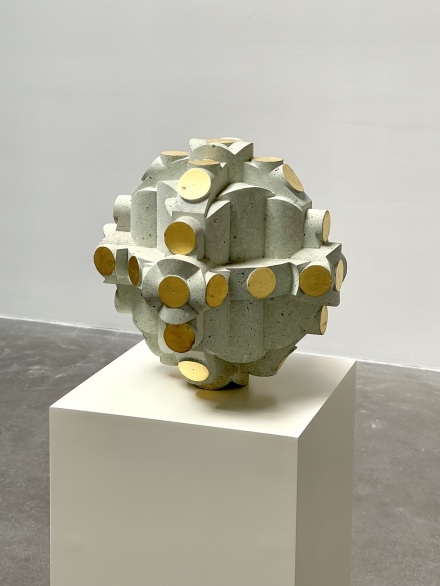
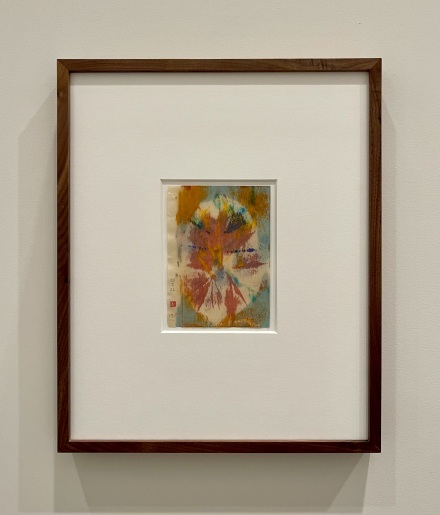 Gabriel Orozco, Diario de Plantas, 2021-2022
Gabriel Orozco, Diario de Plantas, 2021-2022
Repeated patterns, gold leaf outlines, tempera in varying hues and tones, allow for further visual games to unfold on the canvas planes. Subtle in their use of color, unfinished in some areas, bold when the white paint is reapplied on top of the composition, these paintings require multiple viewings to fully understand them. Their intricacies and complexities appear to be a new direction for the artist, who camouflaged and intertwined two titanic references to make them his own, at least for the duration of the making of this body of work. Referencing the masters and gods of our world is humbling, it is a game of push and pull, of visibility and invisibility of the artist’s own tangible hand.
–S. Kitching
Photos by Sophie Kitching for Art Observed.
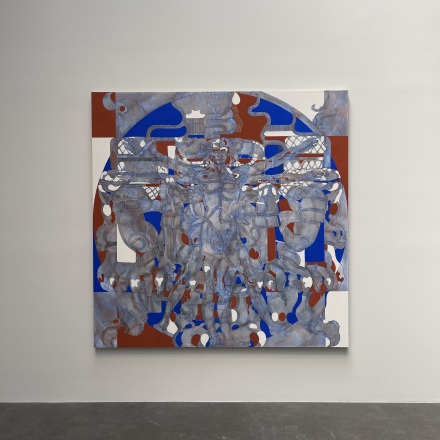
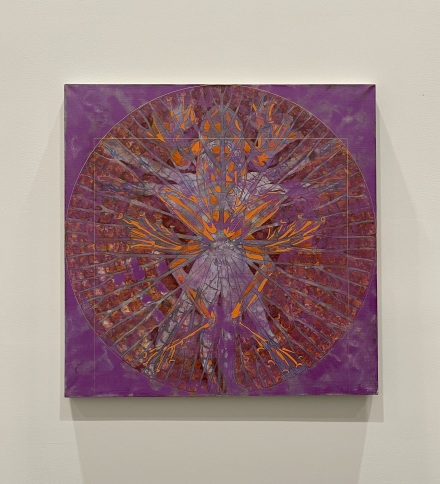 Gabriel Orozco, kurimanzutto, 2024
Gabriel Orozco, kurimanzutto, 2024
See More:
[Kurimanzutto Website]
[Marian Goodman Gallery Website]
[White Cube Website]
[Galerie Chantal Crousel Website]
on Saturday, April 27th, 2024 at 6:43 pm and is filed under AO On Site, Art News, Featured Post, Galleries, Go See, Show.
You can follow any responses to this entry through the RSS 2.0 feed.
You can leave a response, or trackback from your own site.


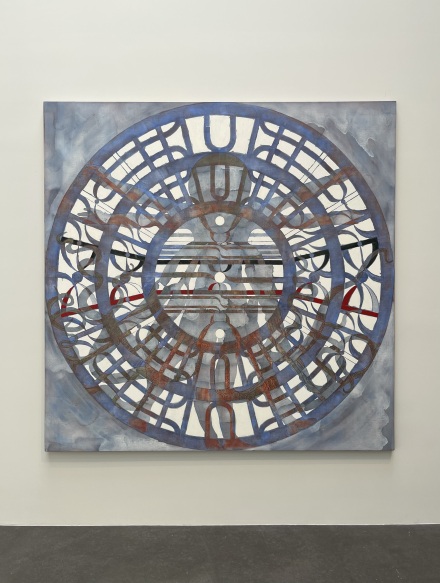 Gabriel Orozco, kurimanzutto, 2024
Gabriel Orozco, kurimanzutto, 2024